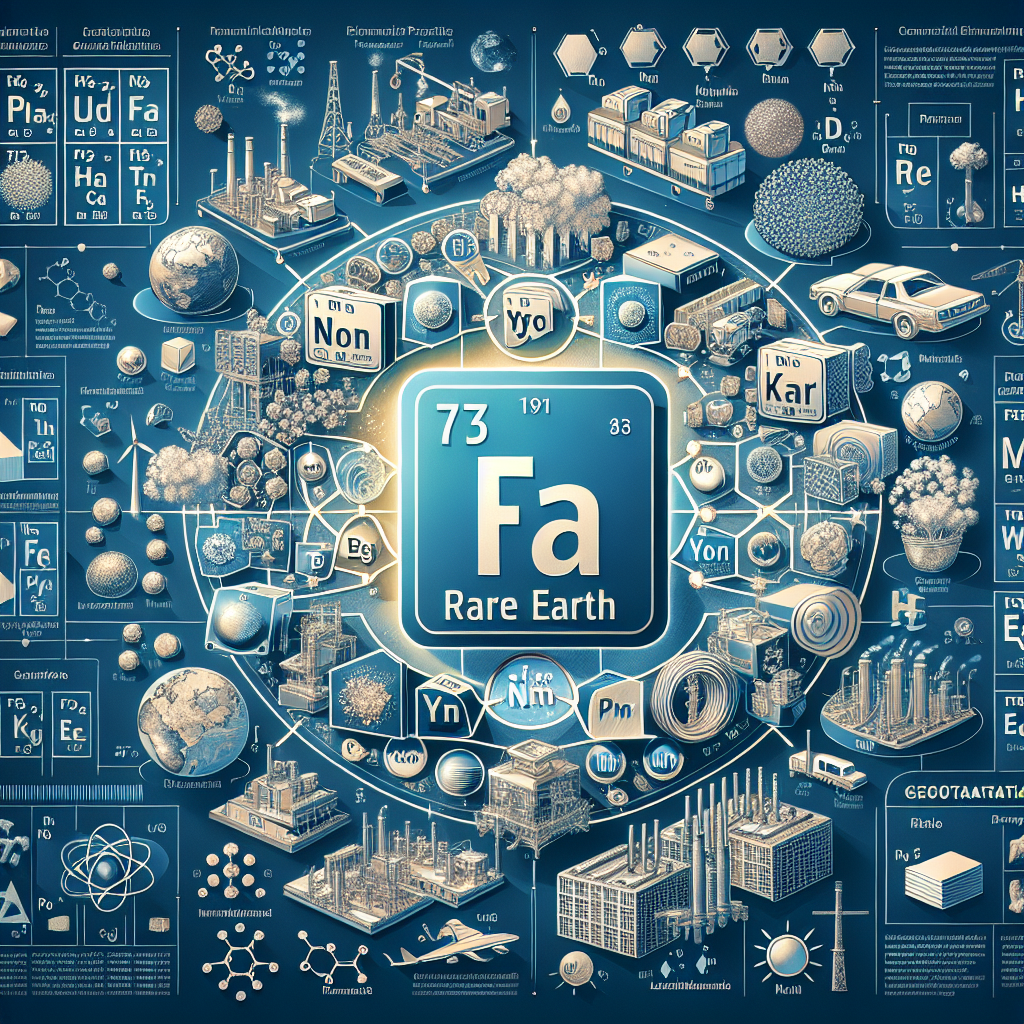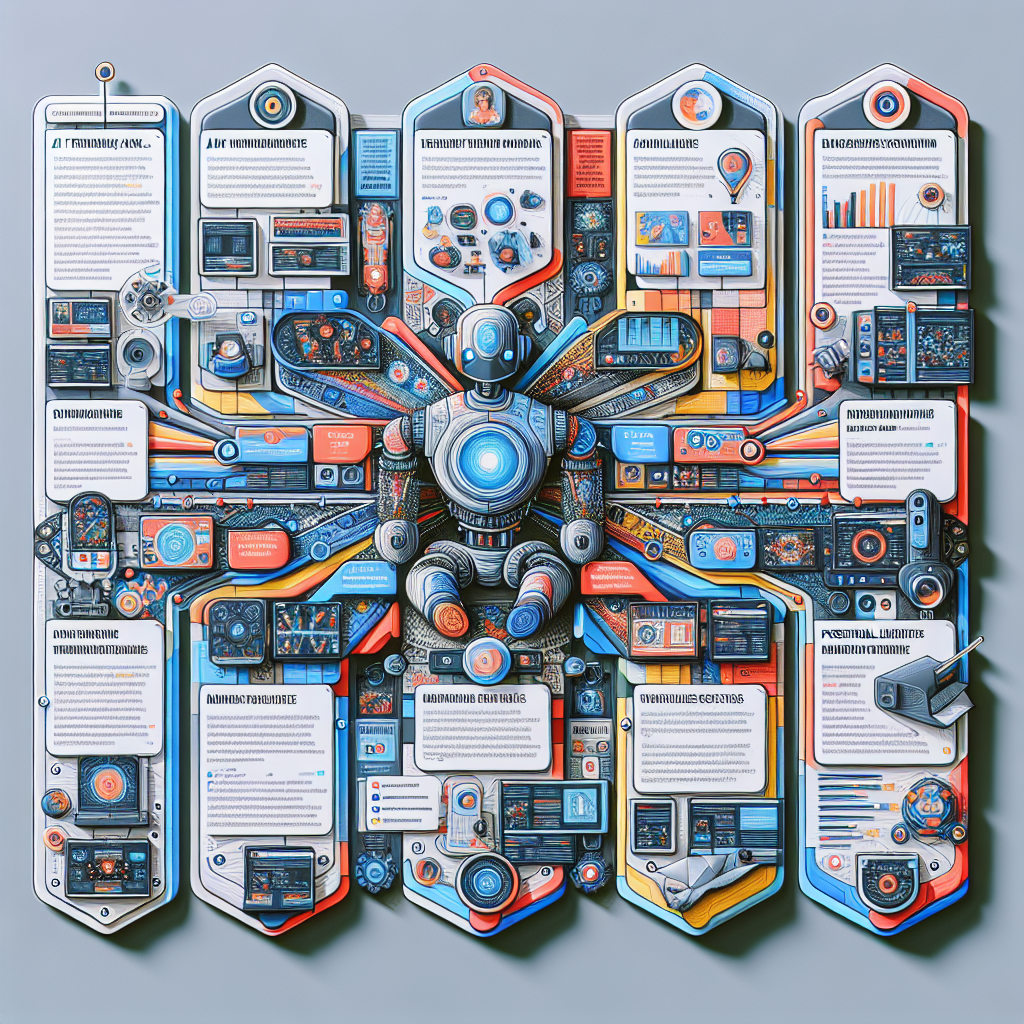From Chatbots to Multi-Agent Systems: How AI Agents Are Changing Work & Life
1. Introduction to AI Agents
Artificial Intelligence (AI) has made significant strides in the last decade, transitioning from simple chatbot systems to complex multi-agent architectures. As of 2023, it is estimated that over 80% of businesses have incorporated AI in some form, reshaping traditional workflows and enhancing productivity. AI agents now perform numerous tasks previously reliant on human intervention, influencing both personal and professional settings.
2. The Rise of Chatbots
Chatbots are among the first AI agents to gain widespread acceptance. By using natural language processing and machine learning, they can engage with users in real-time. A report from Statista indicated that the global chatbot market was valued at around 2.6 billion USD in 2020 and is projected to reach nearly 9.4 billion by 2024. This growth reflects the increasing reliance on chatbots for customer service, virtual assistants, and even mental health support.
3. Transformation in Customer Service
One of the most significant impacts of chatbots is in customer service. Companies like Amazon, Facebook, and various banking institutions are deploying chatbots to handle inquiries, process transactions, and offer support. In 2022, customer service chatbots were responsible for solving approximately 70% of queries without necessitating human intervention. This not only improves efficiency but also drastically reduces operational costs. Businesses can save up to 30% on customer service costs with the help of chatbots.
4. Emergence of Virtual Assistants
Building on the chatbot model, virtual assistants like Apple’s Siri, Google Assistant, and Amazon’s Alexa have become integral to daily life. With voice recognition capabilities and advanced AI algorithms, these assistants help users complete tasks such as setting reminders, controlling smart home devices, and providing real-time information. As of 2023, nearly 55% of households in the U.S. own a smart speaker, signifying a massive shift in how individuals interact with technology.
5. Multi-Agent Systems Explained
While chatbots and virtual assistants perform solitary functions, multi-agent systems (MAS) cultivate a network of AI agents that collaborate to achieve shared objectives. These systems can optimize performance by pooling resources and information. Industries such as logistics, finance, and healthcare leverage MAS to streamline operations. In logistics, for instance, MAS predicts shipment delays by analyzing real-time data from multiple sources, thus facilitating timely decisions.
6. Applications in Business
In the business domain, multi-agent systems are altering workflows by enabling dynamic collaboration and automation. In manufacturing, they assist in optimizing production schedules and managing supply chains. Reports suggest that businesses employing MAS can see a productivity increase of 20% to 30%. Moreover, financial institutions utilize multi-agent systems to detect fraud by analyzing vast amounts of transaction data in real-time, enhancing security measures significantly.
7. Enhancing Personal Life
AI agents, particularly in the form of multi-agent systems, are also making inroads into personal life. Smart home systems can manage everything from lighting to energy consumption, providing users with a seamless and efficient home environment. Research indicates that homes integrated with AI-driven multi-agent systems are up to 30% more energy-efficient compared to traditional setups.
8. Navigating Ethical Concerns
As AI agents become more pervasive, ethical debates are gaining traction. Privacy concerns are paramount, especially with chatbots and virtual assistants that collect vast amounts of user data. A Pew Research study found that 79% of Americans express concern about how their data is used by tech companies. Striking a balance between innovation and privacy is crucial, urging companies to adopt transparent data collection practices.
9. The Future of Work
The presence of AI agents is redefining the work environment. A McKinsey report suggests that by 2030, as many as 800 million jobs could be displaced due to automation. However, this shift can create new opportunities, fostering jobs involving AI management, system oversight, and new technology development. Furthermore, workers can focus on creative and strategic tasks, leaving repetitive and mundane tasks to AI agents, resulting in a more engaged workforce.
10. Lifelong Learning and Adaptation
For professionals, adapting to the world of AI agents means embracing lifelong learning. The World Economic Forum reported that up to 50% of all employees will need to reskill by 2025 due to technological advancements. Courses and training programs aimed at understanding AI, data analytics, and collaboration with these systems are essential to remain relevant in the evolving job landscape.
11. Conclusion
The transition from simple chatbots to advanced multi-agent systems epitomizes a significant evolution in the AI landscape. As AI continues to infiltrate various aspects of work and life, the implications are profound. From enhanced customer interactions to automated processes, the impact of AI agents is undeniably transformative. While there are challenges, especially concerning ethics and job displacement, the potential for increased efficiency and new opportunities remains substantial. Embracing this change will be pivotal for individuals and organizations alike in crafting a future where AI agents and humans coexist and collaborate seamlessly. By leveraging AI responsibly, society can attain unprecedented levels of productivity and innovation, paving the way for a brighter tomorrow.



Post Comment